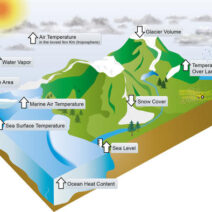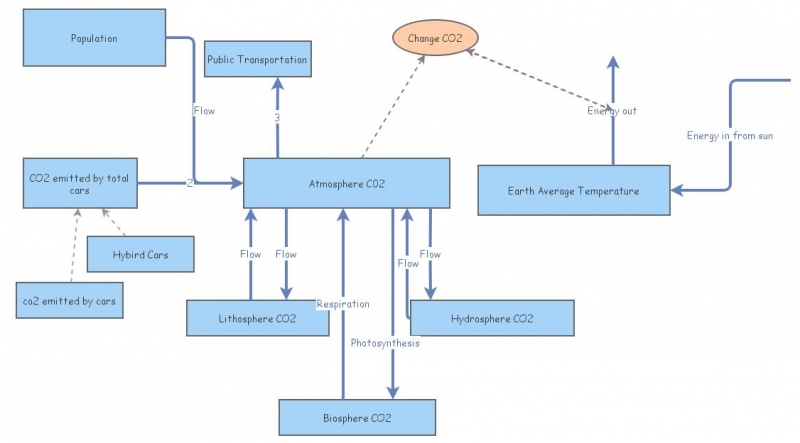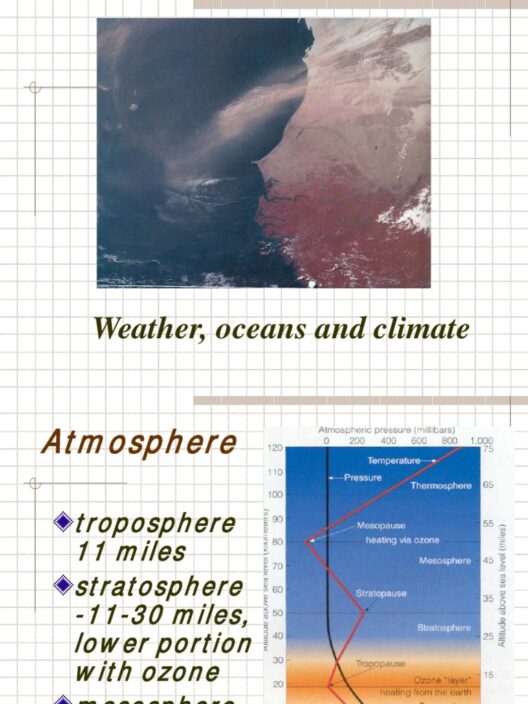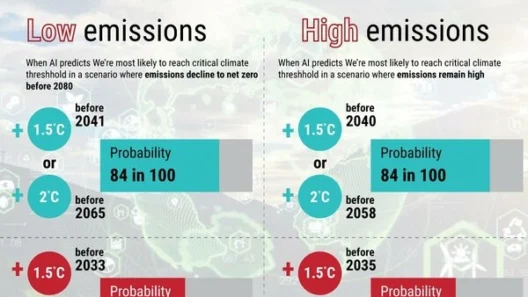Global warming is an ever-pressing issue that has captured the attention of scientists, policymakers, and citizens worldwide. As the world grapples with rising temperatures and extreme weather events, understanding the contributions of various sectors to greenhouse gas emissions has become paramount. One of the largest contributors to global warming is the transportation sector, particularly vehicles that run on gasoline. This article explores how gas-powered vehicles play a significant role in the exacerbation of climate change.
To grasp the full impact of gas-powered vehicles on global warming, it is essential to delve into the mechanics of how these vehicles operate. Internal combustion engines, which power the vast majority of cars, operate on the principle of burning fossil fuels. When gasoline combusts, it releases not just energy to power the vehicle but also a cocktail of pollutants, including carbon dioxide (CO2), nitrogen oxides (NOx), and volatile organic compounds (VOCs). The most consequential of these emissions is CO2, a principal greenhouse gas.
The phenomenon of greenhouse gases is critical to understanding global warming. Greenhouse gases trap heat in the Earth’s atmosphere, creating an insulating layer that keeps the planet warm enough to support life. However, an excess of these gases has led to an imbalance, resulting in the greenhouse effect spiraling into climate change. CO2, with its long atmospheric lifespan, is particularly concerning. When vehicles burn gasoline, they emit a significant amount of CO2; in fact, transportation accounts for approximately 29% of total greenhouse gas emissions in the United States alone. This statistic underscores the substantial footprint of gas-powered vehicles on the environment.
An exploration of the lifecycle of a vehicle—from production to disposal—reveals that gas-powered vehicles contribute to greenhouse gas emissions beyond merely driving. The manufacturing process involves extracting raw materials such as steel, aluminum, and plastics, which require considerable energy, usually derived from fossil fuels. Subsequently, vehicles need gasoline for operation, further amplifying their carbon footprint. Finally, the end-of-life stage, including scrapping and recycling, can also contribute emissions unless handled judiciously. Thus, a holistic view of vehicular impact shows an enduring influence on global warming beyond just fuel consumption.
In contrast, electric vehicles (EVs) have emerged as a promising alternative. However, they are not free from environmental scrutiny. The production of electric vehicles can result in significant emissions, particularly due to battery manufacturing, which relies on extracting lithium, cobalt, and nickel. Yet, it is crucial to note that over their operational lifetime, electric vehicles generally produce fewer greenhouse gases than their gasoline counterparts, especially when charged from renewable energy sources. Comparing the two types offers a broader perspective on the reduction potential of switching from gas-powered vehicles to electrification.
Consumers can also play a vital role in addressing the issue of emissions from gas-powered vehicles. Increasing awareness about fuel efficiency and the importance of regular maintenance can contribute to reducing the overall carbon output of vehicles. Simple actions, such as proper tire inflation, timely oil changes, and minimizing idling time, can lead to improved fuel economy, thereby decreasing CO2 emissions. Furthermore, opting for public transport, carpooling, or walking/biking for shorter distances can drastically cut down personal carbon footprints.
Policies and regulations also shape the landscape of vehicle emissions. Governments across the globe are beginning to implement stringent emission standards aimed at mitigating climate change. These measures include fuel efficiency standards, regulations on emissions testing, and incentives for the adoption of electric and hybrid vehicles. Such initiatives foster a culture of accountability and innovation within the automotive industry, promoting the development of cleaner technologies and alternatives to traditional gasoline engines.
However, individual and governmental efforts cannot solely combat this complex issue. Structural changes within urban planning can create environments that discourage reliance on personal vehicles. Investments in public transportation systems, biking infrastructure, and pedestrian-friendly urban designs can shift societal paradigms toward sustainable mobility. Ultimately, the effectiveness of these measures depends on a concerted effort by governments, communities, and individuals alike.
While the transportation sector, particularly through gas-powered vehicles, undeniably contributes to global warming, a comprehensive approach to tackle this challenge is vital. Engaging communities, enhancing education around sustainable practices, and fostering innovation in vehicular technology are essential steps toward mitigating the effects of climate change. Encouraging a shift from fossil fuels to renewable energy sources will not only curb emissions but also promote a more sustainable future.
In conclusion, vehicles running on gasoline do add to global warming through direct emissions and indirect contributions throughout their lifecycle. Understanding the multifaceted nature of this issue sheds light on possible solutions: a transition to cleaner transportation options, effective public policies, and collective community action can significantly mitigate climate change impacts. As the urgency of climate action escalates, every effort counts towards creating a more sustainable world for future generations.








